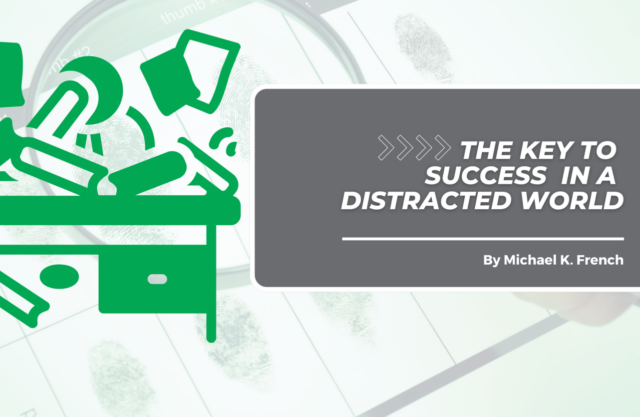September 29, 2022

In the 1990s, digital imaging promised to revolutionize friction ridge examination techniques that had long relied only upon analog photography methods and physical workflows—often resulting in reducing costly delays, waiting for the film from the photo lab, and chemically produced photographs. Images could now be viewed in seconds, mitigating the risk of improper exposure and focus or mistakes in developing the film. Image enhancement techniques would also be moved from the photo lab to examiners, in most cases, who know what to look for in those images. The immediate access to images and data could potentially increase efficiency and lead to more crime solving.
This digital switch would eventually change how examiners approach and organize their work. Evidence that used to arrive in paper envelopes would now be organized on computer file systems. Organizing case information with tabbed binders and post-it notes now required digital workflows, software solutions, and annotation tools. New procedures would need to be created for handling images that no longer had a physical source to fall back on but offered new riches such as access to image attributes through metadata. Further problems would also emerge, like proving chain of custody and image file integrity to potentially skeptical lawyers, judges, and juries. And, of course, IT solutions would now be required to ensure data is accessible and protected.
100% digital and hybrid workflows are on the rise
Since the early days of transitioning from analog to digital, friction ridge examiners worldwide have developed either 100% digital workflows or, more often, hybrid workflows. They are incorporating digital image management with paper case files and digital and analog comparison methods, i.e., magnifiers and lift cards. It is worth noting that ways to improve those processes may be revealed under closer scrutiny.
Consider the rise in popularity of e-readers. These devices are compact and hold enormous amounts of information on a small physical footprint. They offer instant content download wherever connected to a cellular signal, audio listening, search and annotation tools. But some people still prefer to read the old-fashioned way, and this behavior is also true in friction ridge examination. It is well within reason that practices that support both paper and digital environments may diminish productivity if not adequately designed and re-assessed periodically.
The fact that behavior is slower to evolve than technology may be holding back productivity as the forensic world continues to move toward entirely paperless environments, but it is not quite there yet.
Examiner resources are over-taxed
In today’s world, friction ridge examiners are busier than ever. On the one hand, things like accreditation, emerging standards compliance, and stringent documentation practices have increased backlogs, led to hiring more personnel, or reduced some types of work. In addition, it is safe to assume that Covid-19 has had a disruptive effect on forensic operations, further impacting productivity and exasperating already over-taxed examiner resources. Distractions from the outside world also compete, as smartphones make us vulnerable to interruptions every minute.
Combine all this with increasing crime rates across North America and service calls, and one can easily imagine the need to reevaluate existing procedures to find productivity potential. Now more than ever, practitioners and laboratory management should review existing workflows to determine if systemic improvements can be made in the examination process, yielding more efficient work and producing better work satisfaction.
When starting a thorough workflow review, some of the critical elements to consider include:
- Current Digital Image Management System (DIMS), or file management system.
- Percentage of ACE-V analyses that are electronic.
- Percentage of ACE-V comparisons that are electronic.
- Do practitioners follow uniform analysis, comparison, and documentation methods?
- Do all practitioners follow the same file naming conventions?
- Percentage of case record information that is electronic.
- Level of integration between the Laboratory Information Management System (LIMS) and DIMS.
In the next blog, we will delve into the above considerations and provide insights from practitioners and lab managers who have already committed to 100% digital pattern evidence workflows and case management systems.
Written By
Michael K. French
CSIpix Consultant | Owner and principal ABIS consultant of Applied Forensic Services LLC, with 25 years of combined experience as a Certified Latent Print Examiner and Biometric Subject Matter Expert.
Sign up to receive CSIpix blogs, updates and industry insights.
Time to make the switch?
Then check out CSIPix’s suite of forensic software to streamline your case workflow and search in minutes. Trusted by 650+ forensic labs in over 40 countries. Learn more and start a free 30-day trial today.
